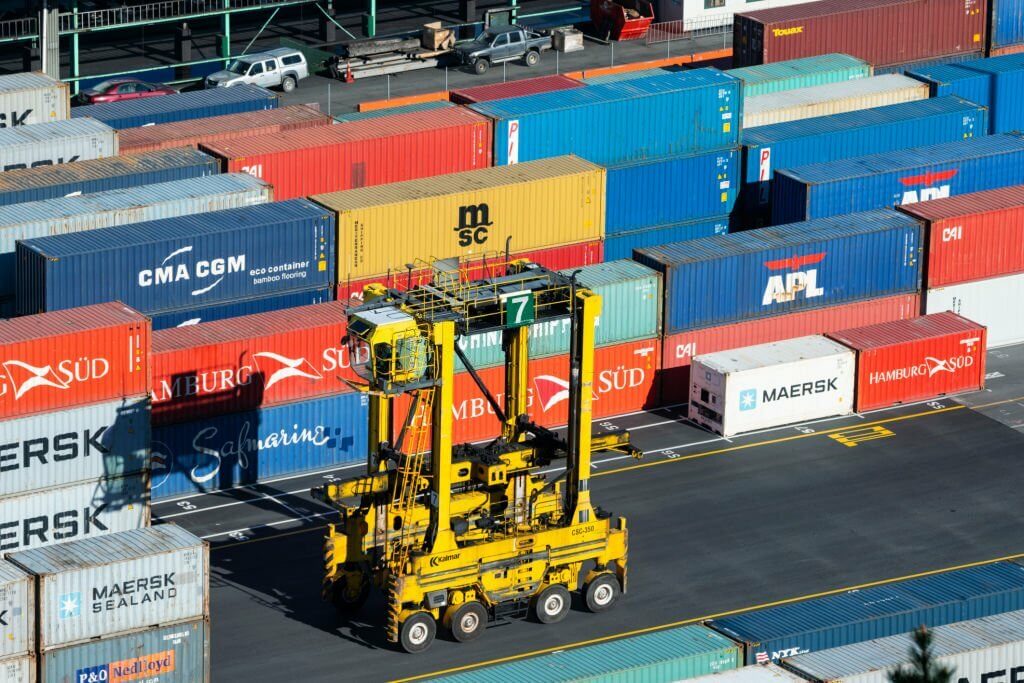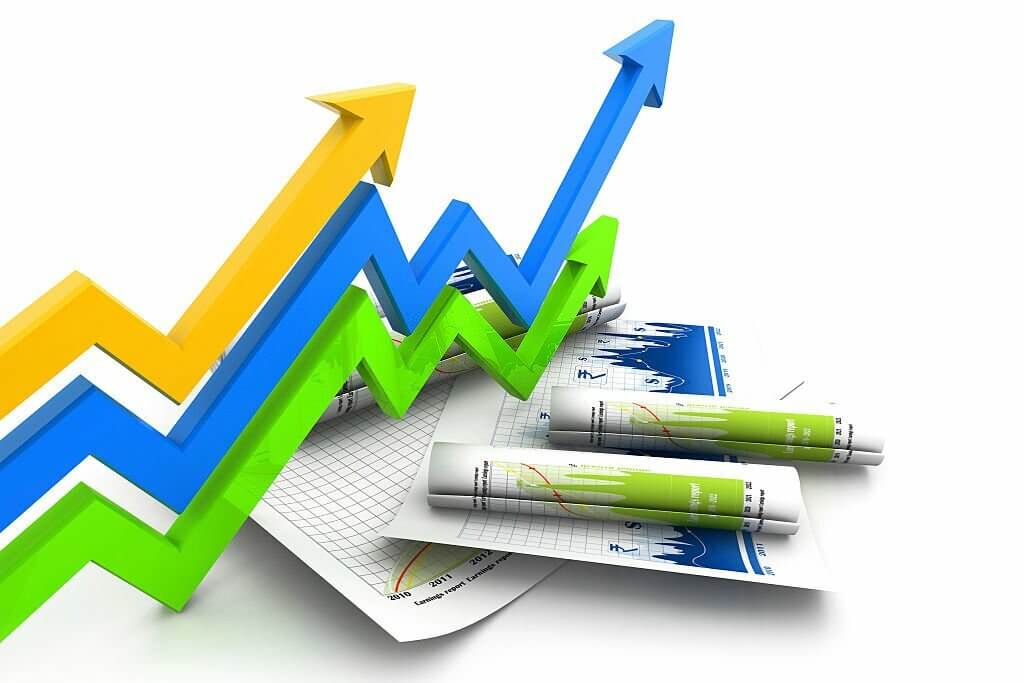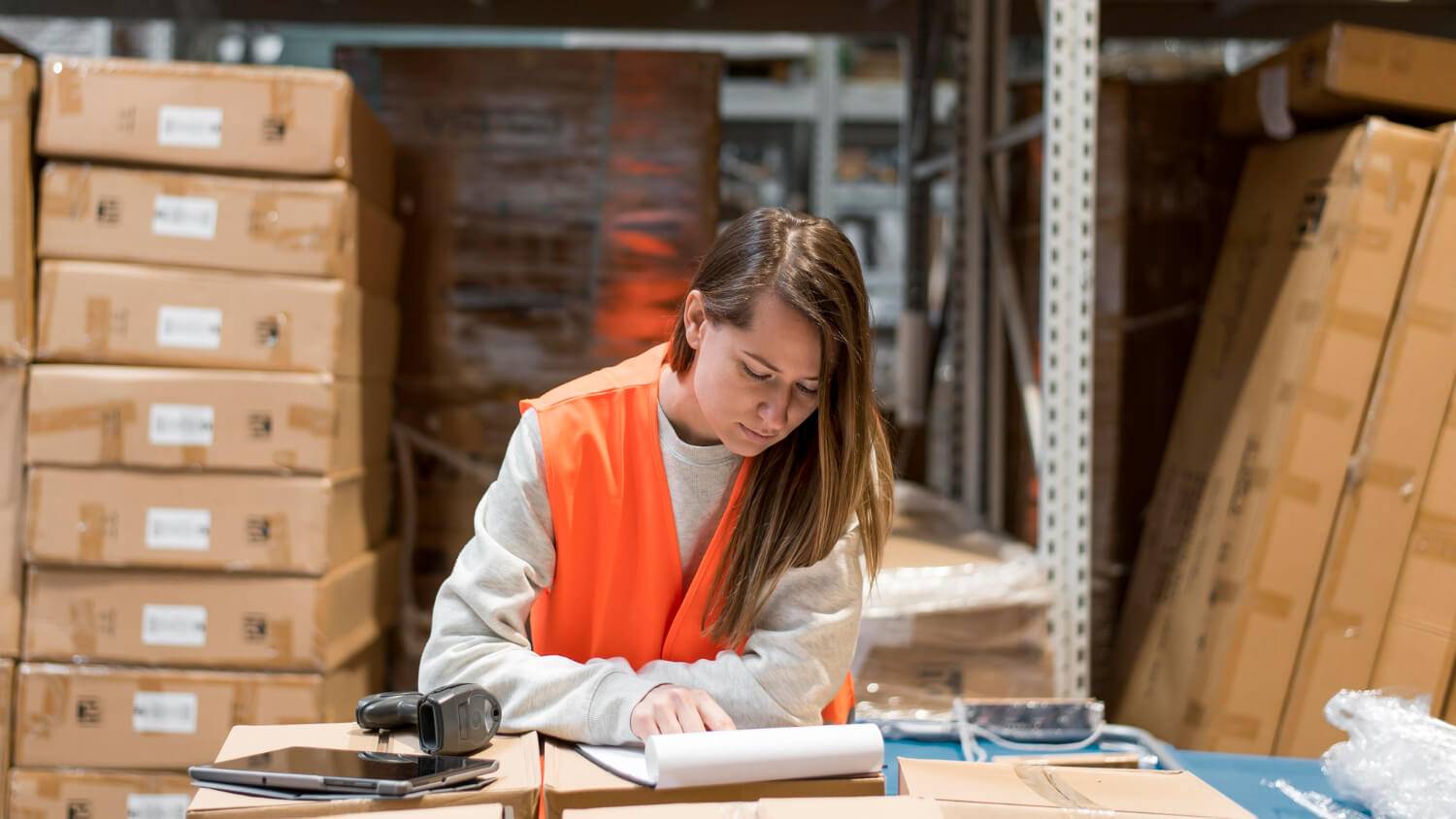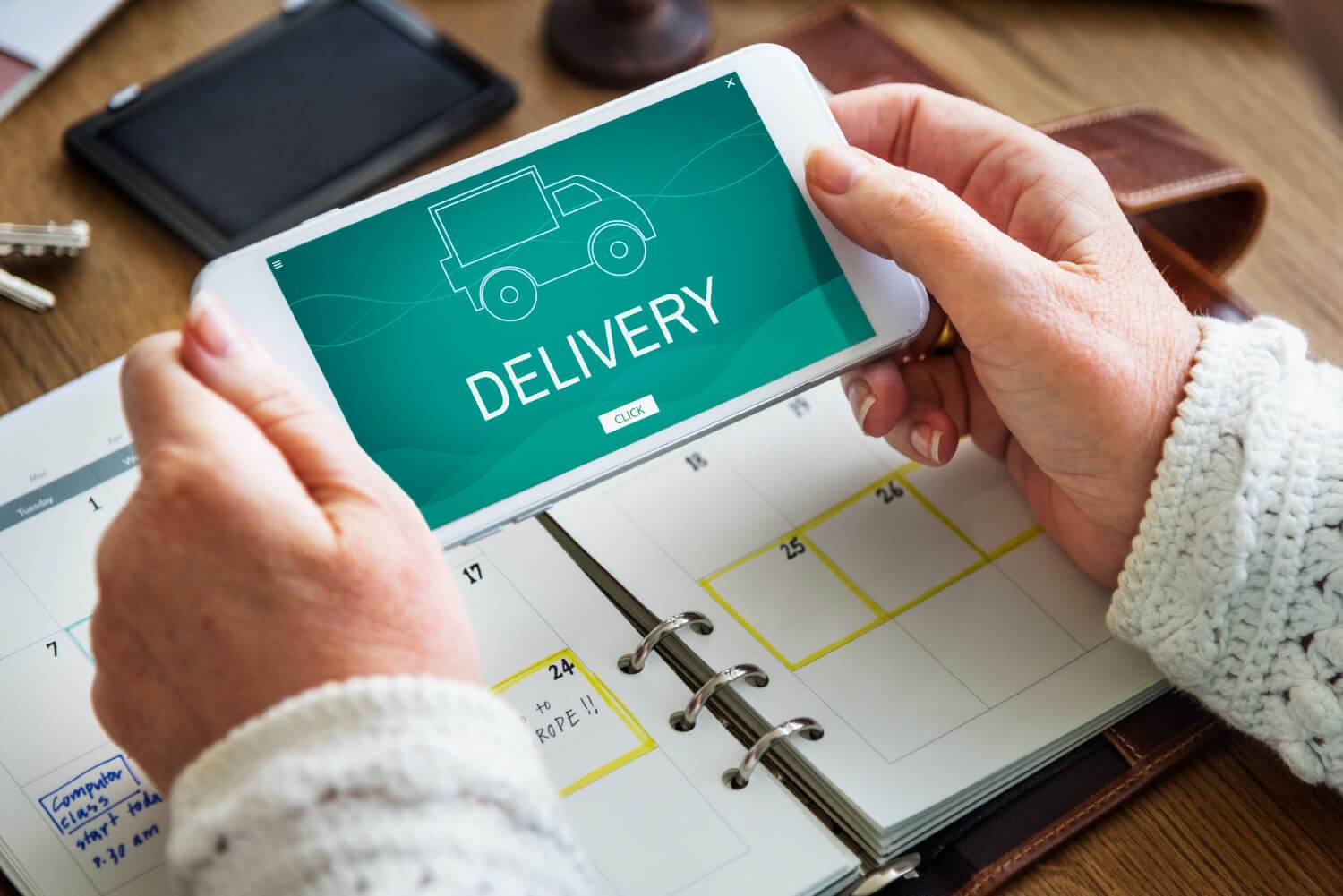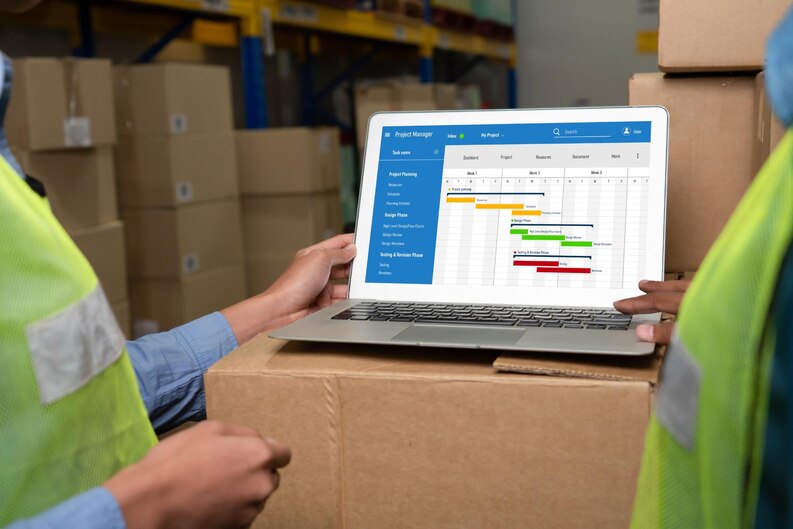While 3PL or third-party logistics can be a great asset to your business, a hands-off approach will not bring the results you hope for. To fully benefit from this relationship, you need to know how to manage 3PL performance.
What is 3PL?
3PL businesses allow you to outsource your supply chain, letting your business focus on its core activities. This outsources everything from warehousing to deliveries. Businesses work with 3PL providers because they have the infrastructure, network, and skilled labor to handle supply chains.
How to Increase Your 3PL Performance
All 3PL providers are different, but one thing is the same – no one guarantees immediate success. To know how to fully manage 3PL performance, your business needs to have decided on your goals and how you will measure them.
This is where 3PL performance metrics come in. These key performance indicators (KPIs) depend on what your business sees as success and what is vital for your business to keep thriving.
Working with 3PL providers gives you the chance to collect a wealth of data. Every transaction is a new data point that can help track how well your business’s supply chain is performing.
In 3PL management, there is no perfect list of KPIs for every business. Still, you are likely to benefit from tracking these:
Inventory Accuracy
Knowing exactly what you have is crucial in managing your supply chain. Your 3PL provider needs to clear your stock as fast as possible, and you need to fill it back up exactly as needed. However, if you don’t know what you have in their warehouse, you can end up with items being unexpectedly out of stock.
Alternatively, this can lead to items sitting in their warehouse without being put up for sale. In either case, customers lose their trust in you because either they don’t know when you will have these items or because they think you don’t have them. Either way, you lose money.
Order Fulfillment Rate
This refers to how quickly your 3PL provider fulfills orders. To maximize customer satisfaction, quick deliveries are necessary. A Tedmondo study shows that 80% of customers want same-day delivery.
A high order fulfillment rate also guarantees that your 3PL provider’s warehouse is efficient and you are not wasting money housing things that have already been sold.
Delivery Time
Knowing how quickly orders are filled can help you give your customers timelines that you can honor. In turn, this can create customer loyalty since they see your promises as realistic.
Order Fulfillment Accuracy
3PL providers are not perfect. However, a pattern of mistakes can point to a problem in orders or warehousing. To have a smooth and efficient system that will save you money, your accuracy needs to be high.
On-time Shipping
This is different from delivery time because it tracks whether shipments are made in time as expected. Even if a product ships faster than expected, it is important to understand why because it can inconvenience customers – especially when they need to be present to sign off on the delivery. A high percentage of on-time shipping usually correlates with high customer satisfaction.
Shipping Accuracy
According to a study by Capgemini, 48% of customers switch carriers when they have a bad delivery experience. Even if an order arrives exactly on time, a mistake in the location of the delivery ruins the transaction. You need to keep track of the rate at which 3PL providers ship your products accurately and what common reason there is when they don’t.
Process Return Time
Customers might return products they have bought. For them to keep relying on your business, they need to know that this is a hassle-free process that takes little time. If your 3PL provider cannot return items within 3 business days with high accuracy, you may lose customers.
Cost Per Unit Shipped
You already know the ins and outs of your business – but you need to know your partner’s, too. Even though you have a contract with a 3PL provider and know exactly how much you expect to pay, the reality is different. Increase in returns, order changes, delivery mistakes and the like can all add up. This is why it is important to know where the system fails. Like this, you can be prepared for the cost.
Return Rate
There are different types of return rates, and their reason can categorize them:
- Wrong address
- Damaged product
- Unclaimed package
- The customer refused the package
- Product error
These mistakes can happen because of any party in the transaction:
- Your business might have sent the warehouse mislabeled goods
- The 3PL provider may have damaged the goods in transit
- The customer may have submitted incomplete or wrong delivery details
In any case, you must measure the rate of errors, find their common source, and deal with them. Depending on the product, you might have to discard it if returned. Knowing why these returns are made can help you and your 3PL provider find ways to reduce the rate and save money.
Tips for 3PL Performance Management
To make sure your business has a successful supply chain, you must:
- Visit your 3PL and vice versa. You both need to fundamentally understand how you work. This allows the 3PL to know what gap they are filling in your business. It also lets you understand how your partner works. And so, you can both know what to expect beyond what is in your contract.
- Define your goals. Your partner will operate as usual until you set down ground rules.
- Decide on an escalation procedure. Having a backup plan for when communication breaks down can help resolve issues quickly.
- Assign one communication link. Your 3PL provider will have an easier time dealing with your business if they only have to listen to one person giving them orders.
- Give information promptly. Whenever you have a change in your business, it is best to tell your 3PL provider so they can adapt to the new situation.
Conclusion
Working with 3PL providers gives you the chance to grow your business – but only if you are willing to work on that relationship. Knowing how to manage 3PL performance is just the beginning of your journey with your supply chain partner.


